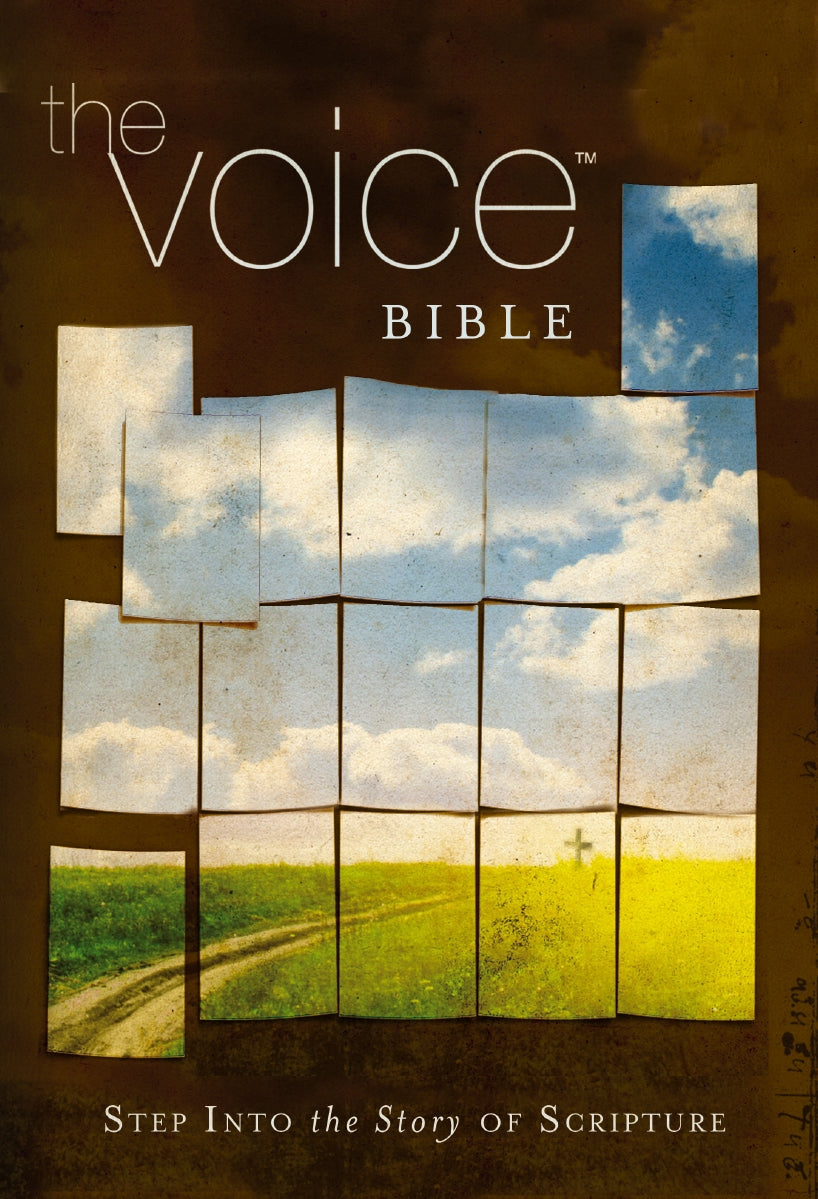Luke 23:19-21
The Voice
Crucifixion is a favorite Roman punishment for insurrectionists, slaves, and prisoners of war. Anyone daring to defy the power and authority of Caesar is executed in this public and humiliating way. Jesus indeed is a revolutionary. He doesn’t come to proclaim a new religion, but a new kingdom—a new way of life. He is indeed a threat to Caesar’s way of doing things, a way that co-opts the religious leaders.
Jesus’ revolution is a peaceful revolution. He doesn’t advocate the use of violence—in fact, when one of His disciples uses the sword to try to protect Jesus from arrest, Jesus heals the “enemy” and rebukes His disciple. So Jesus doesn’t support the regime of Caesar or follow the usual violent path of revolution: He leads a revolutionary revolution—in a path of love, healing, justice, and reconciliation.
Jesus appropriates and transforms the symbol of their power into a symbol of His greater power. He makes the cross not the icon of violent domination, but the reverse. By hanging on the cross and speaking of forgiveness, Jesus shows that there is a greater power at work in the world than the power of domination: it’s the power of God’s saving and reconciling love.
19 Barabbas had been imprisoned after being convicted of an insurrection he had led in Jerusalem. He had also committed murder. 20 Pilate argued with them, wishing he could release Jesus, 21 but they wouldn’t be silenced.
Crowd (shouting): Crucify Him! Crucify Him!
The Voice Bible Copyright © 2012 Thomas Nelson, Inc. The Voice™ translation © 2012 Ecclesia Bible Society All rights reserved.


